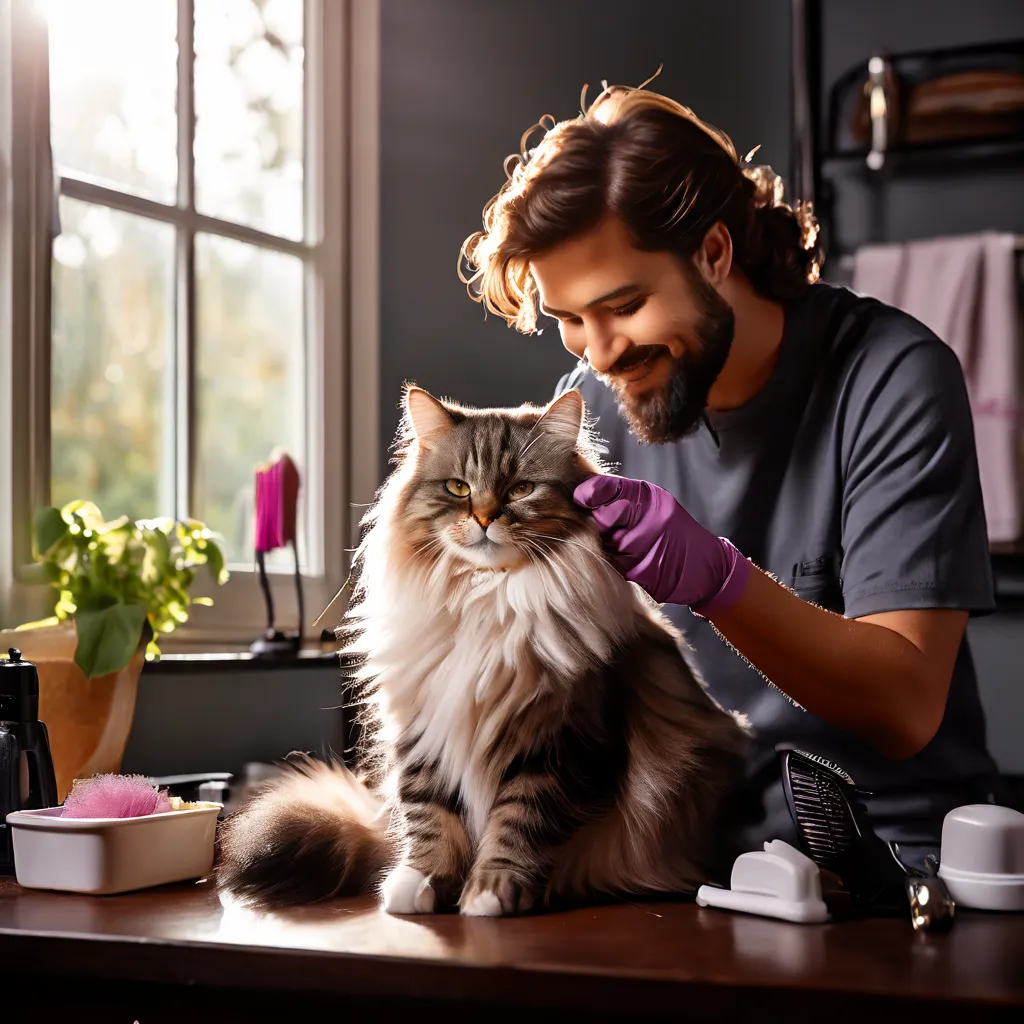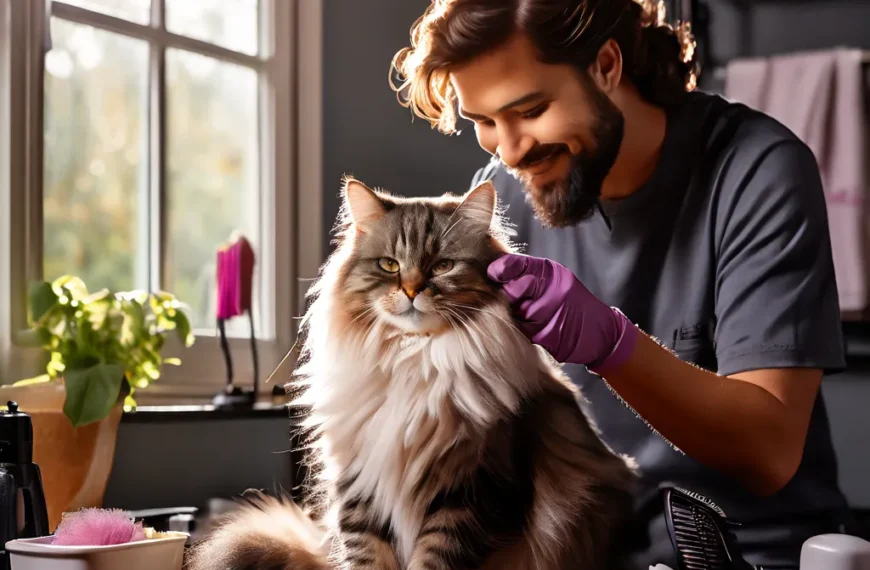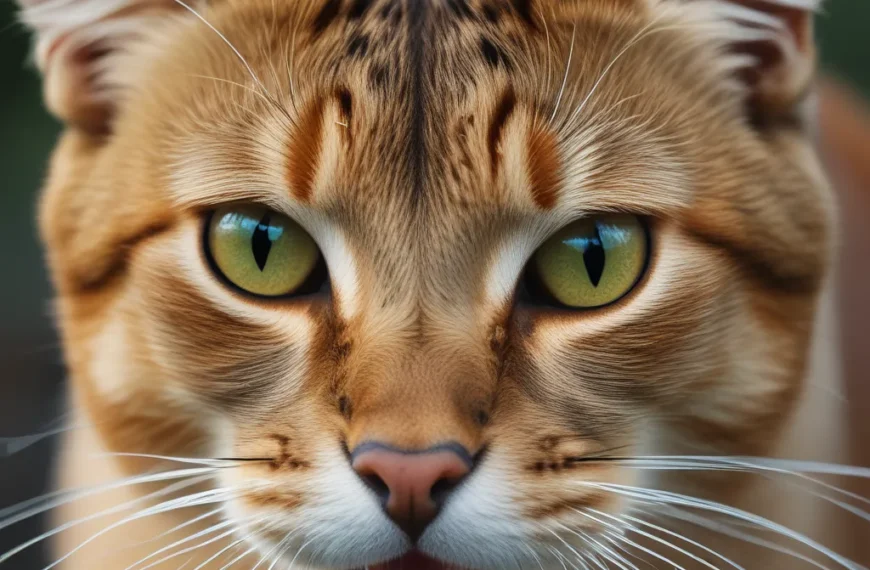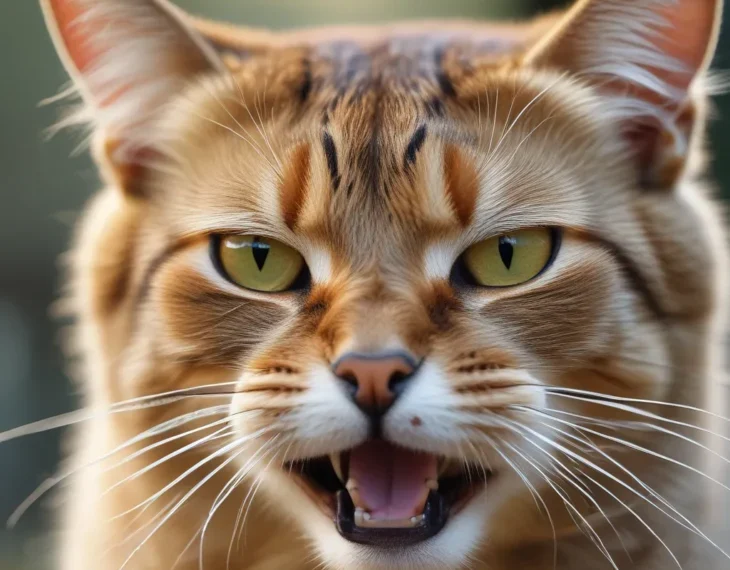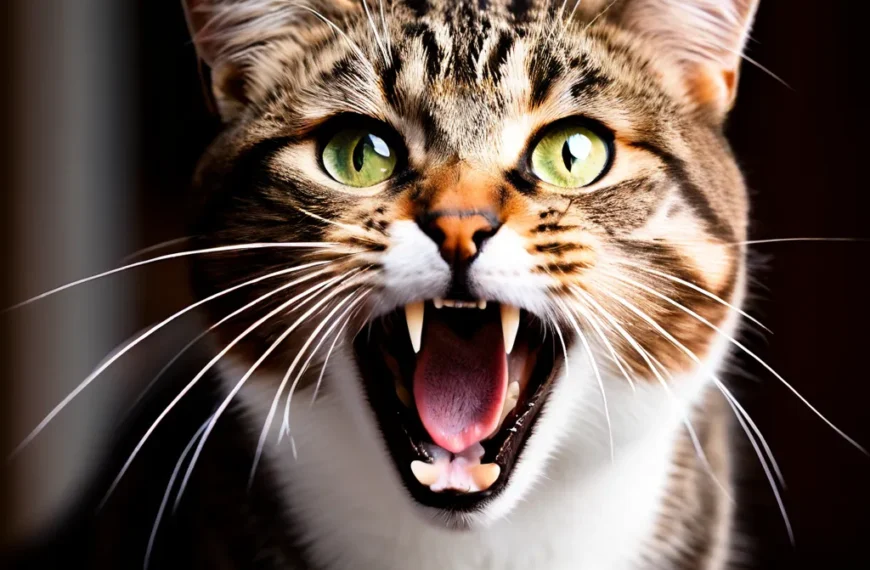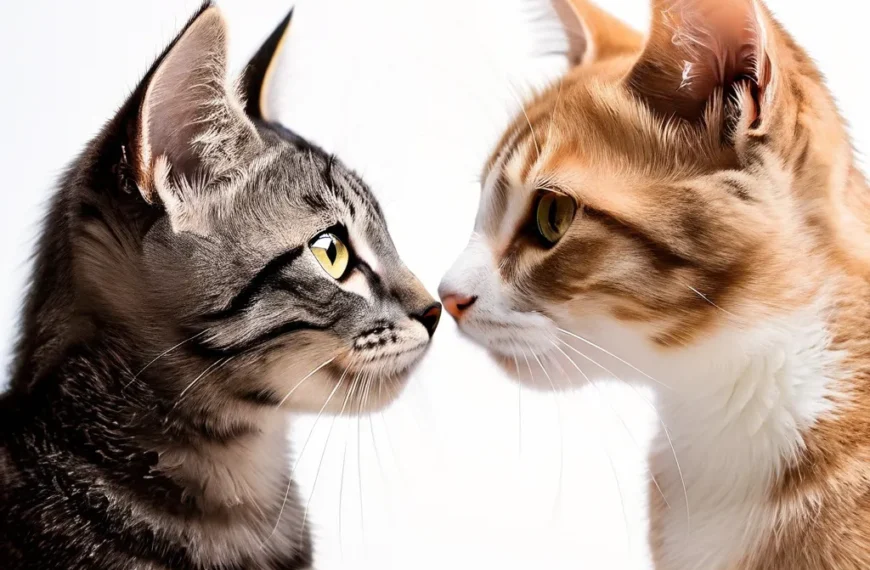Introduction
Are you a cat owner wondering how long it takes for your feline friends to get used to each other? Or perhaps you’re considering introducing a new cat to your household and want to know what to expect? Socialization is a crucial process for cats, and understanding how it works can help you create a harmonious multi-cat household.
The socialization process is a critical period in a cat’s life, during which they develop relationships with other living beings in their environment. This process can shape their behavior, personality, and ability to interact with other cats and humans. But how long does it take for cats to get used to each other?
In this article, we’ll delve into the world of cat socialization, exploring the importance of socialization, the typical timeline for cat socialization, and the factors that influence the time it takes for cats to get used to each other. We’ll also provide tips on how humans can facilitate the socialization process and build a healthy relationship between cats.
Whether you’re a seasoned cat owner or a newcomer to the world of feline companionship, this article aims to provide you with a comprehensive understanding of cat socialization and help you create a peaceful and happy home for all your feline friends.
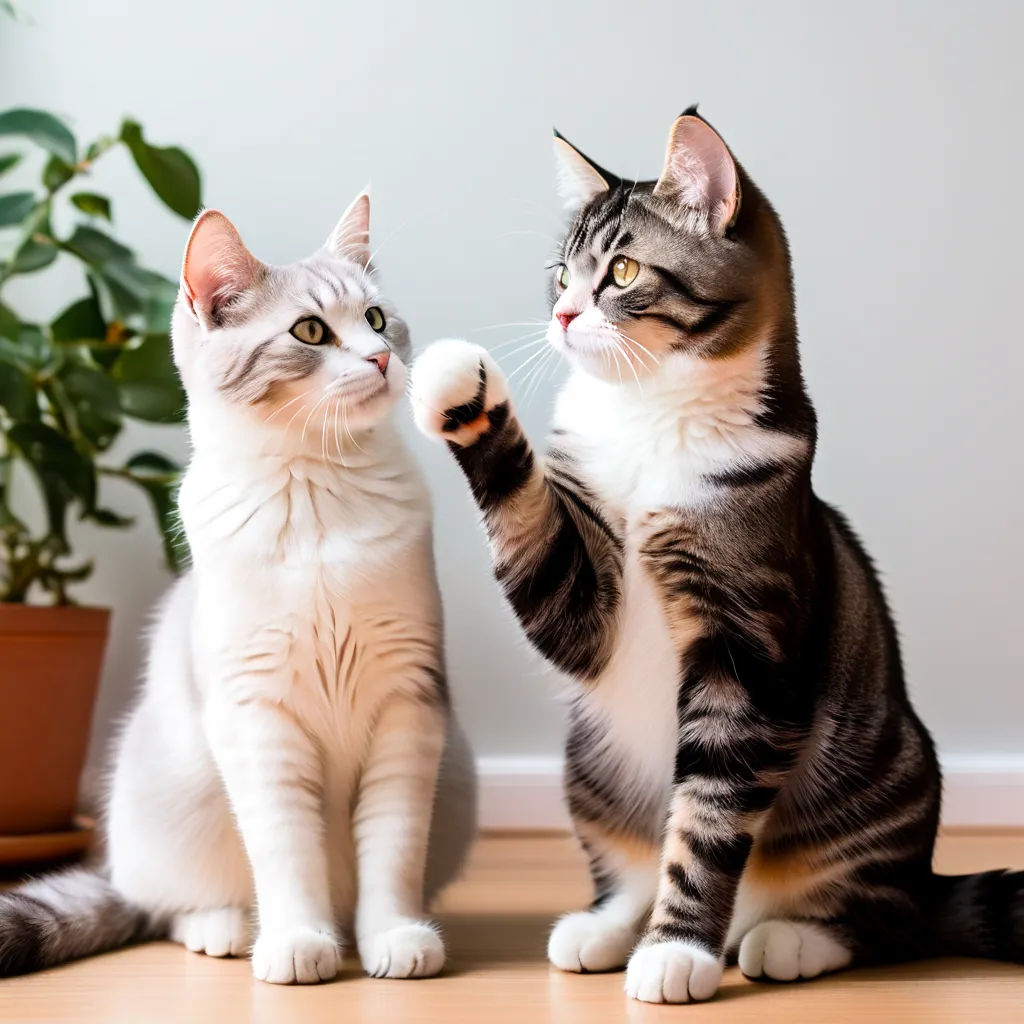
The Importance of Socialization for Cats
Socialization is a critical aspect of a cat’s life, playing a significant role in their emotional and behavioral development. It is essential for kittens to socialize with their littermates, mother, and humans during the first few months of life. This period of socialization helps shape their personality, behavior, and ability to interact with others.
Proper socialization can help prevent behavioral problems, such as fear aggression, anxiety, and territorialism, later in life. Socialized cats are more likely to be confident, calm, and friendly, making them a joy to be around.
Socialization also helps cats develop essential skills, such as communication, boundaries, and conflict resolution. By interacting with others, cats learn to read body language, vocal cues, and scent markings, enabling them to navigate complex social situations.
Furthermore, socialization can improve a cat’s adaptability and resilience. Cats that are exposed to various environments, people, and experiences are better equipped to handle changes and stressors, making them more adaptable to new situations.
In addition, socialization can strengthen the bond between cats and their human caregivers. When cats are socialized to humans, they are more likely to form strong attachments, leading to a more fulfilling and interactive relationship.
Overall, socialization is crucial for a cat’s emotional, behavioral, and social development. By providing kittens with a rich and varied social environment, we can help them grow into confident, calm, and well-adjusted adult cats.
The Typical Timeline for Cat Socialization
The typical timeline for cat socialization can vary depending on several factors, including the cat’s age, breed, and individual personality. However, most cats follow a similar socialization timeline.
Kittenhood (0-12 weeks)
During this period, kittens learn important social skills from their mother and littermates. They develop their sense of touch, smell, and hearing, and begin to understand their place within the social hierarchy.
Socialization Period (2-14 months)
Between 2-14 months, kittens are most receptive to new experiences and social interactions. They learn to interact with their human caregivers, other animals, and their environment. This period is critical for developing good social skills and reducing the risk of behavioral problems later in life.
Adolescence (4-12 months)
As kittens enter adolescence, they may become more independent and less receptive to new social interactions. However, they still require ongoing socialization to refine their skills and develop good relationships with their human caregivers.
Adulthood (1-2 years and beyond)
Once cats reach adulthood, their socialization period is largely complete. However, they still require regular social interaction and mental stimulation to maintain good social skills and overall health. By understanding the typical timeline for cat socialization, you can provide your cat with the best possible start in life and help them develop into a confident, well-adjusted adult.
Factors that Influence the Time it Takes for Cats to Get Used to Each Other
When introducing a new cat to a resident cat, it’s essential to consider the factors that influence the socialization process. These factors can affect the time it takes for cats to get used to each other and determine the success of their relationship.
Age and Socialization History
Kittens that are socialized to other cats and people between 2 and 14 months of age are more likely to develop good social skills and get along with other cats. Adult cats that were not socialized properly may take longer to adjust to a new feline companion.
Breed and Temperament
Some cat breeds are more territorial and independent, while others are more social and affectionate. For example, Siamese cats are known for their extroverted personalities, while British Shorthairs are more reserved. Understanding the breed characteristics and temperament of your cats can help you anticipate their behavior and adjust your introduction strategy accordingly.
Environment and Space
The size and layout of your home can impact the socialization process. Cats need space to retreat and feel secure, so a larger home with multiple rooms and vertical spaces can help reduce stress and conflict. On the other hand, a small home with limited space can exacerbate territorial behavior and make it more challenging for cats to get along.
Human Interaction and Supervision
Humans play a crucial role in facilitating the socialization process between cats. Supervising interactions, providing separate resources and spaces, and rewarding calm behavior can help cats feel more comfortable and secure around each other.
Health and Medical Issues
Cats with medical issues or chronic pain may be more irritable and less tolerant of other cats. Ensuring that both cats are healthy and receiving proper veterinary care can help reduce stress and anxiety during the introduction process.
Previous Experiences and Trauma
Cats that have had negative experiences with other cats or humans may take longer to trust and get used to a new feline companion. Patience, gentle introductions, and positive reinforcement can help build trust and confidence.
By considering these factors, you can tailor your introduction strategy to the unique needs and personalities of your cats, helping them to develop a harmonious and loving relationship.
How Humans Can Facilitate the Socialization Process Between Cats
Socializing cats with each other is crucial for their emotional and behavioral well-being. Humans play a significant role in facilitating this process. Here are some ways humans can help:
Provide a Neutral Environment
Create a neutral area where the cats can meet without feeling territorial or threatened. This could be a room or area that neither cat considers its own.
Start with Visual Introductions
Begin by allowing the cats to see each other from a distance, without direct contact. This can be done by keeping them separated by a baby gate or screen door.
Gradually Increase Face-to-Face Interactions
Once the cats seem comfortable with each other’s presence, it’s time to let them interact under close supervision. Start with short, controlled interactions and gradually increase the time.
Monitor Body Language
Observe the cats’ body language carefully, and intervene if you notice any signs of aggression or fear.
Reward Positive Behavior
Positive reinforcement is key. Reward the cats with treats and praise when they exhibit calm, friendly behavior around each other.
Be Patient
Socialization is a process that takes time, so be patient and don’t rush the process.
By following these steps, humans can facilitate a smooth and successful socialization process between cats. Remember, every cat is different, so it’s essential to tailor your approach to their individual needs and personalities.
Tips to Build a Healthy Relationship Between Cats
Building a healthy relationship between cats requires patience, understanding, and a gentle approach. Here are some valuable tips to help you facilitate a harmonious coexistence between your feline friends:
Provide Separate Spaces and Resources
Ensure each cat has its own food and water bowls, litter boxes, and scratching posts. This will help reduce competition and territorial behavior.
Start with Visual Introduction
Begin by keeping the cats separated and allowing them to become familiar with each other’s scents and sounds. You can do this by swapping their bedding, toys, or feeding them on opposite sides of a door.
Gradually Increase Face-to-Face Interactions
Once they seem comfortable with each other’s presence, it’s time for supervised face-to-face interactions. Start with short sessions in a neutral area, and gradually increase the time as they become more comfortable.
Monitor Body Language
Pay close attention to your cats’ body language. If you notice any signs of aggression, fear, or stress, such as hissing, growling, or hiding, intervene immediately and separate them.
Reward Good Behavior
Positive reinforcement is key. Reward your cats with treats and praise when they exhibit calm behavior around each other.
Be Patient
Building a healthy relationship between cats takes time, so be patient and don’t rush the process. If you encounter any setbacks, consult with a veterinarian or animal behaviorist for personalized guidance.
Conclusion
In conclusion, socializing cats is a crucial process that requires patience, understanding, and dedication. As we’ve discussed throughout this blog post, the importance of socialization for cats cannot be overstated. It’s essential to recognize that every cat is unique, and their socialization timelines may vary.
By understanding the typical timeline for cat socialization, the factors that influence the time it takes for cats to get used to each other, and how humans can facilitate the socialization process, we can create a harmonious and happy feline environment.
Remember, building a healthy relationship between cats takes time, effort, and consistency. With the right approach, you can help your feline friends develop strong bonds and live in perfect harmony.


